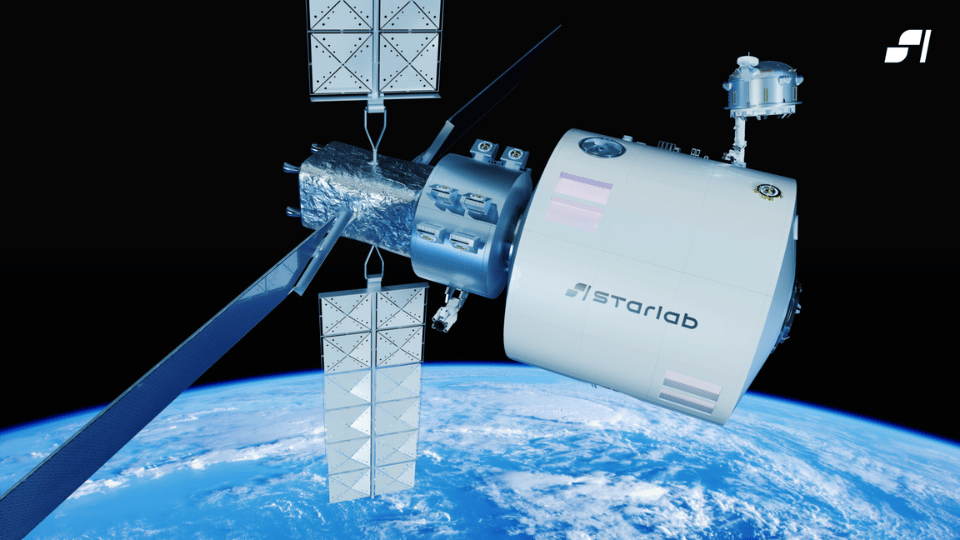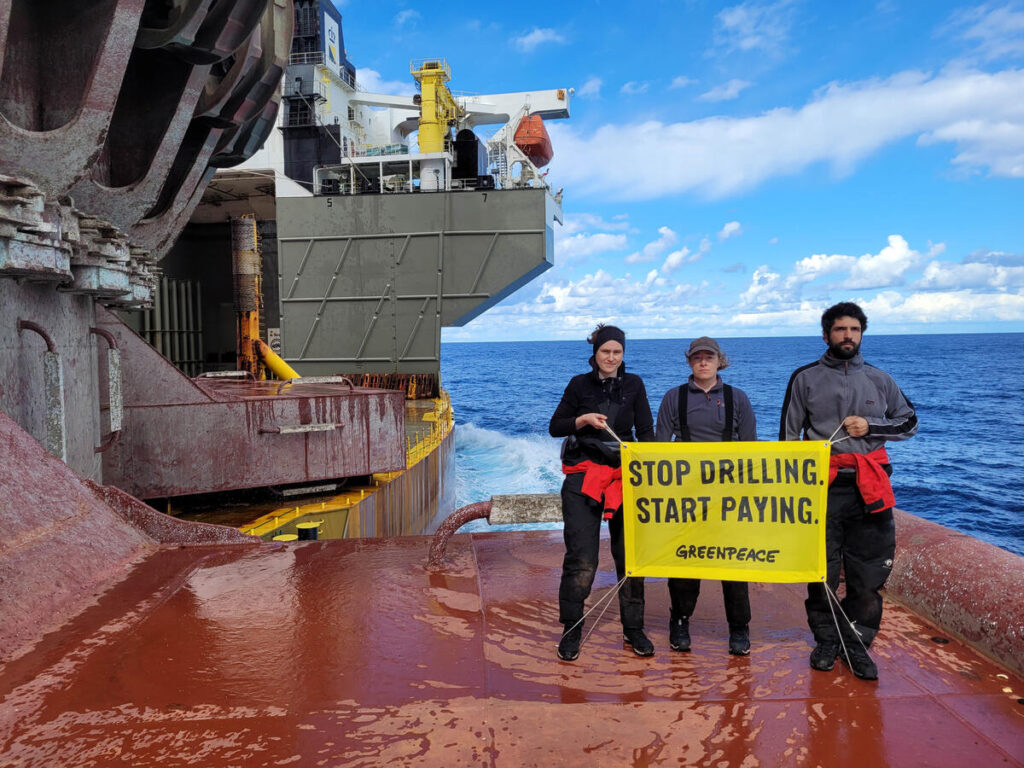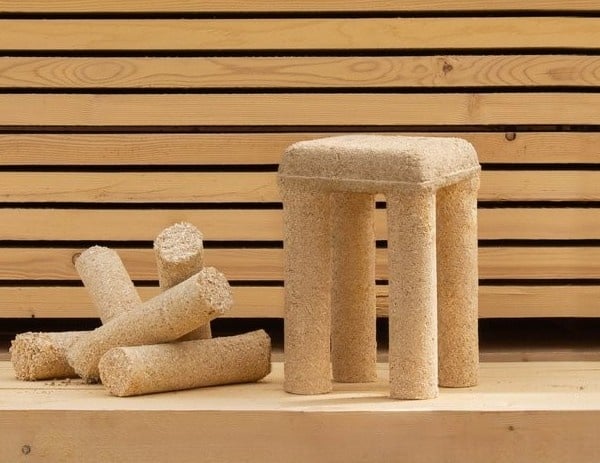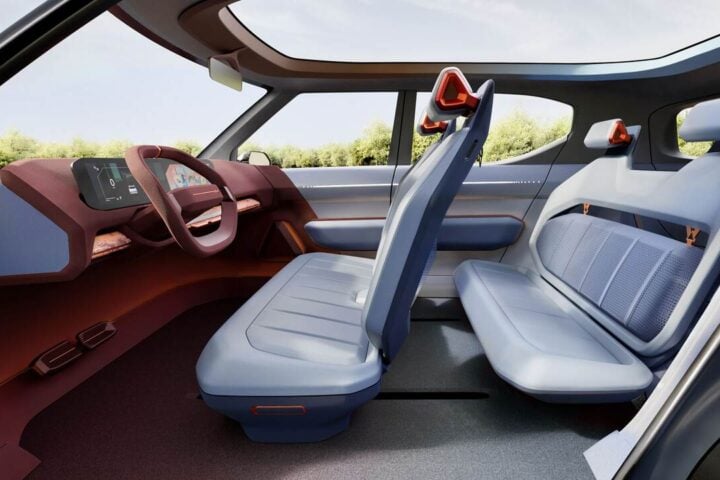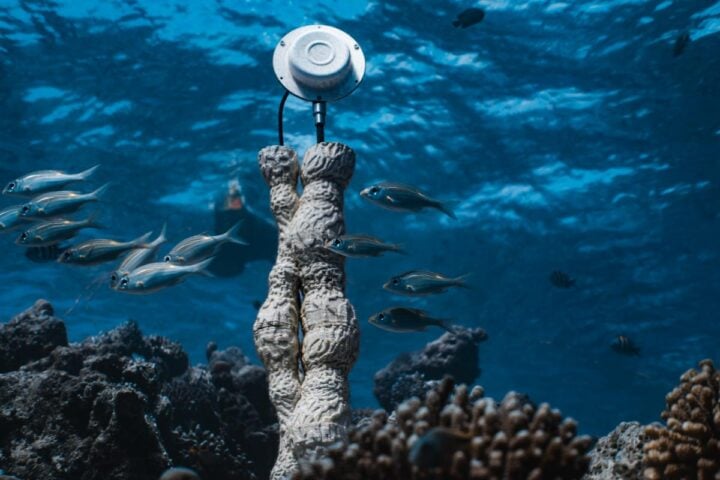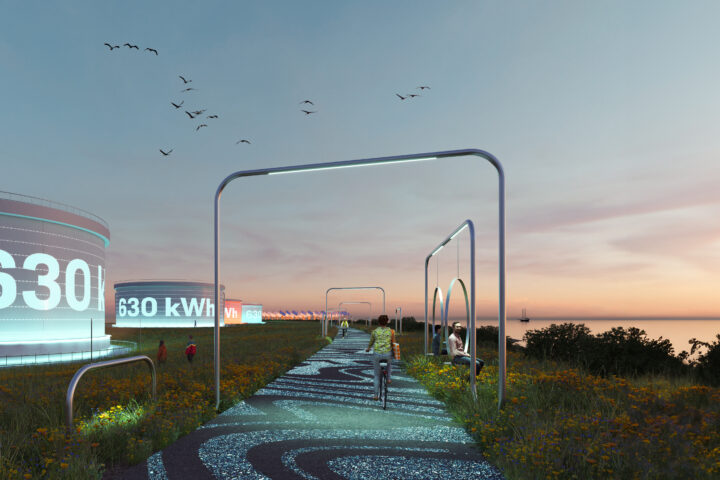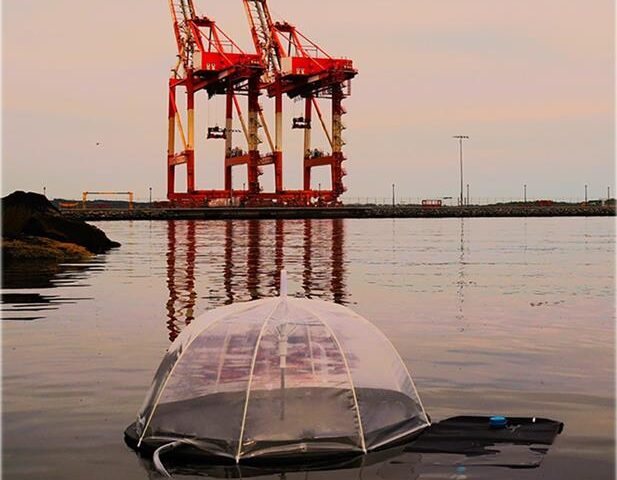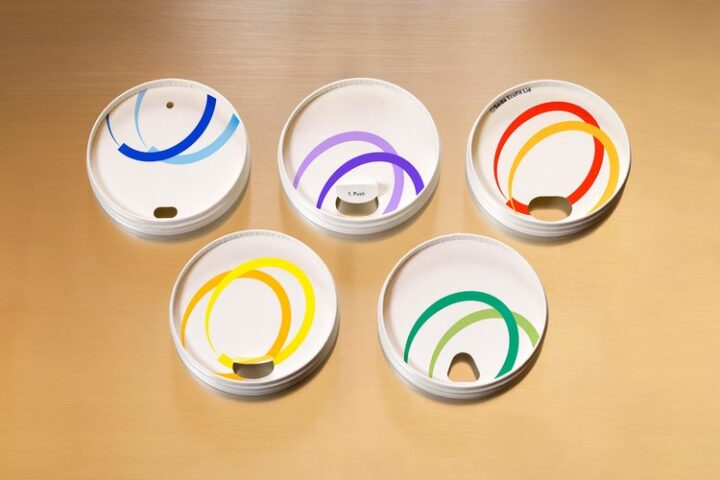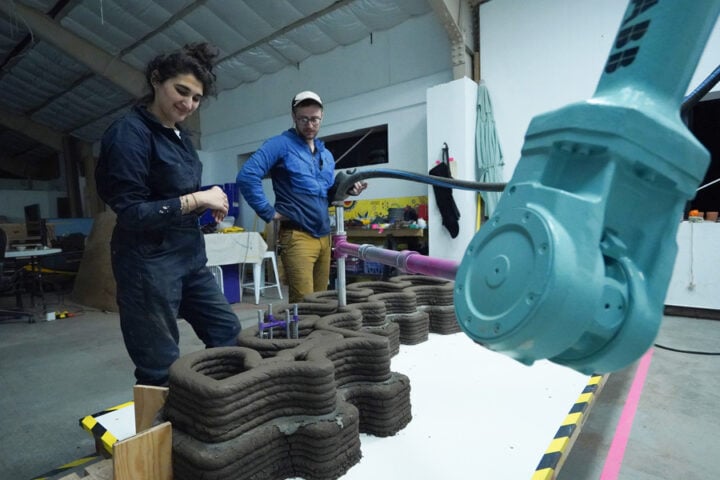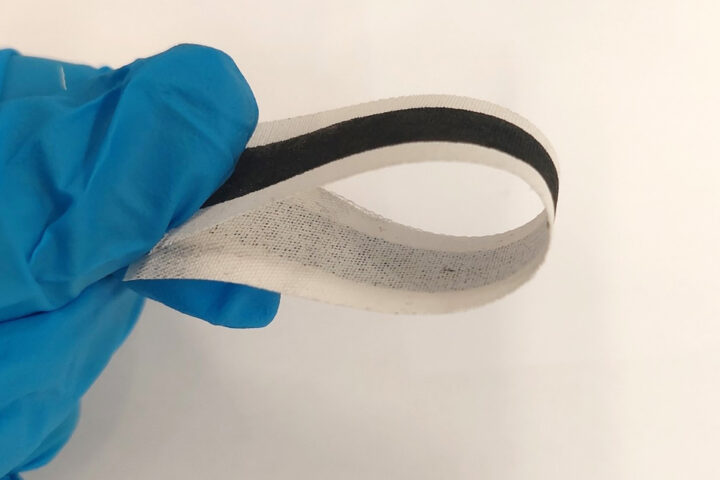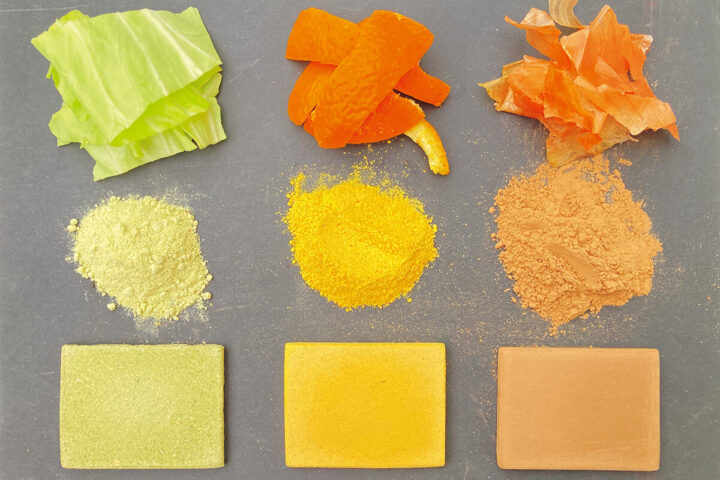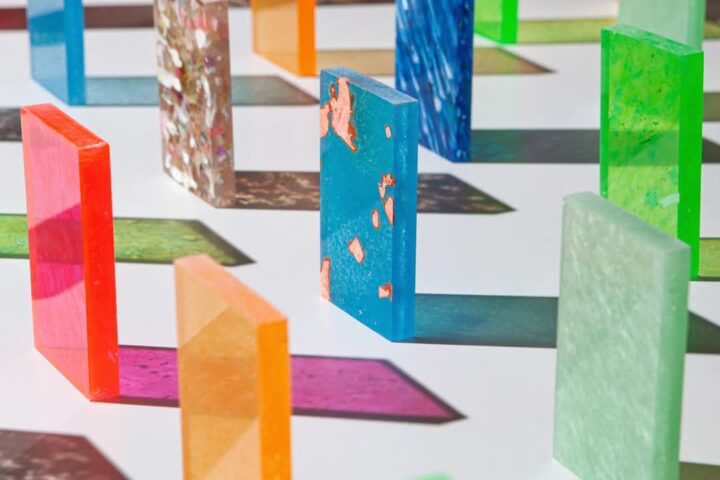We have a new entrant in the carbon removal market that can play the game-changer in the world’s efforts to limit the warming to 1.5C by 2050. Graphyte, a Bill Gates-backed and incubated startup, has launched an affordable, durable, and immediately scalable technology to remove carbon dioxide (Co2) from the atmosphere. The startup is the brainchild of Breakthrough Energy Venture (BEV), Gates’ umbrella organization that seeks to finance and invest in the transition to a greener and more sustainable future.
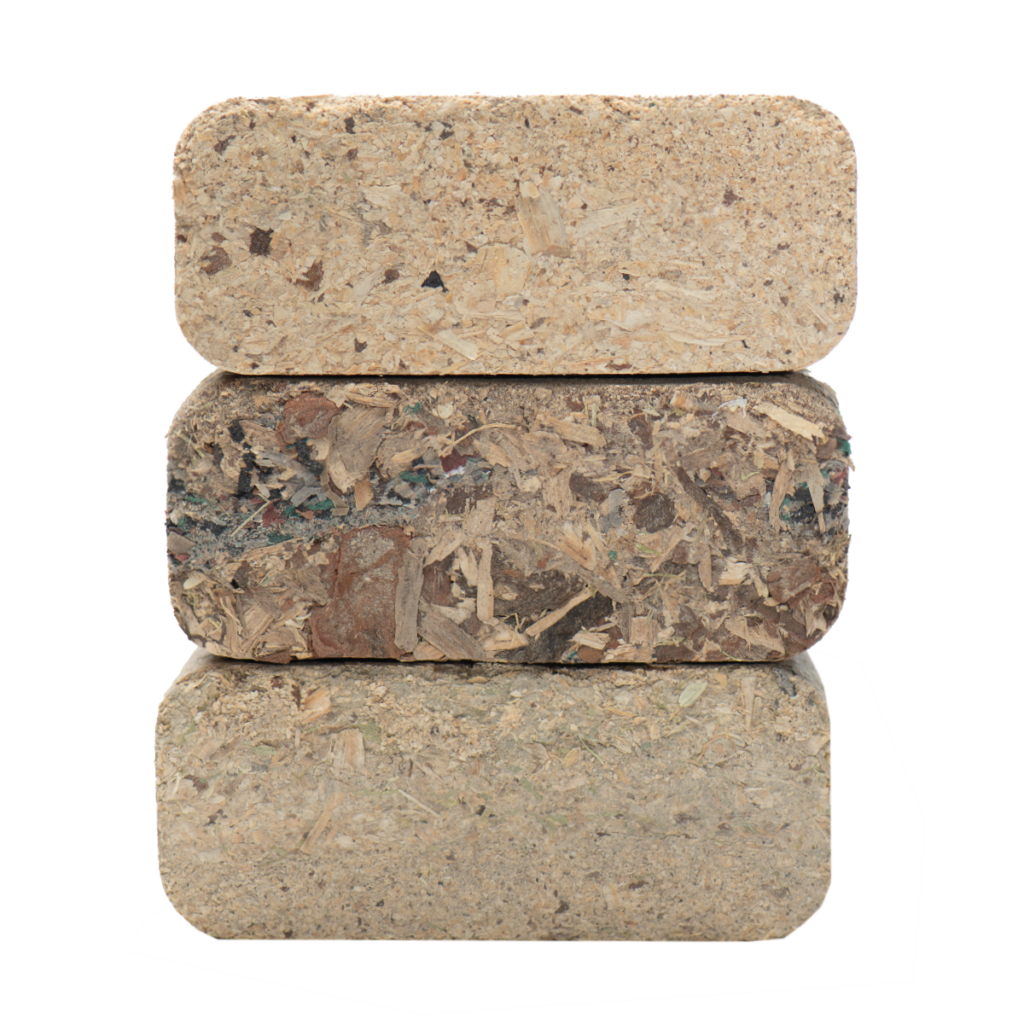
Carbon Blocks is a simple technology. Graphyte has developed a new hybrid technology which it calls Carbon Casting. It is a pretty simple process, where the photosynthesis function of plants and trees is complemented by engineering to produce carbon blocks that will absorb Co2 and not re-release it in the atmosphere. The waste biomass is first dried and sterilized to prevent its decomposition, which can release C02 and other greenhouse gases (GHGs). Thereafter, the prepared biomass is condensed into brick-like carbon blocks that are out-layered with polymeric protective sheets to protect them from saprotrophs. These blocks are then stored underground in engineered storage sites for thousands of years.
Similar Posts
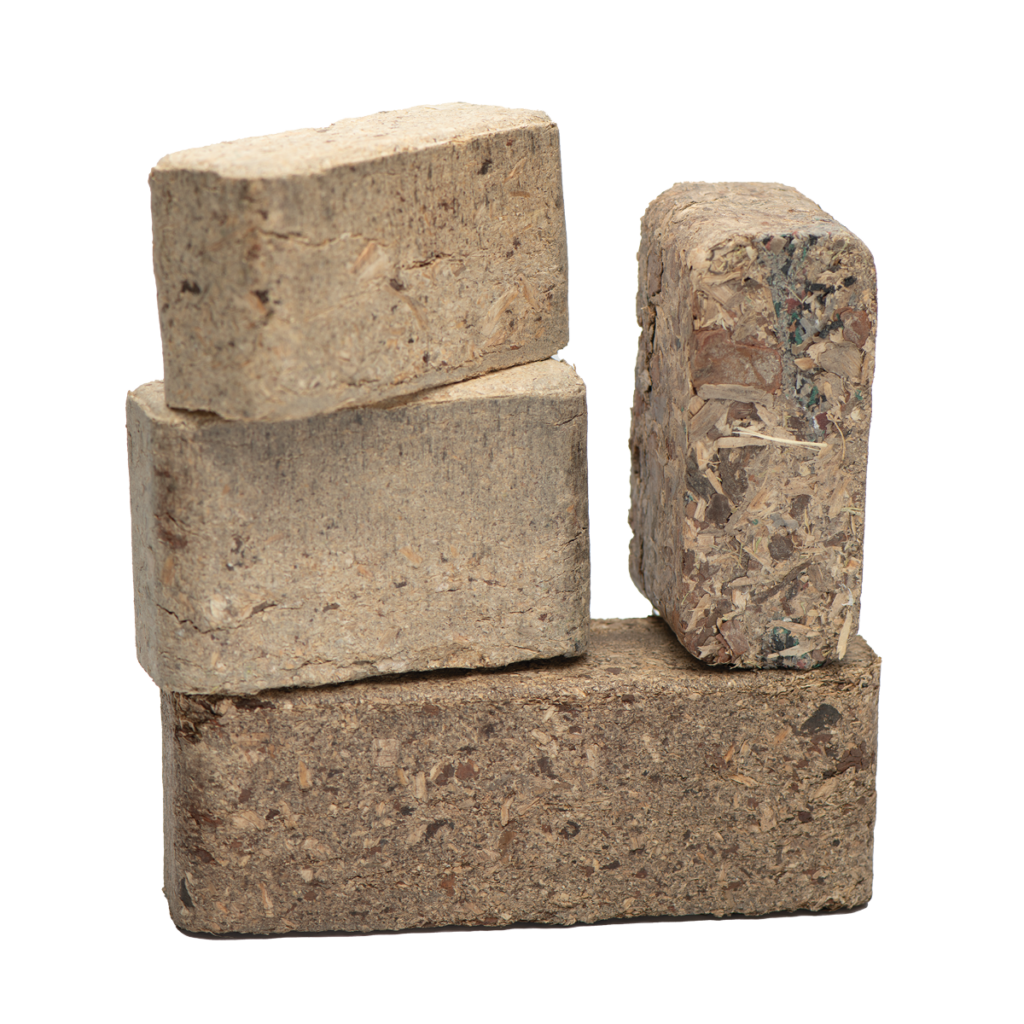
The idea is to “make the most of the carbon within the biomass and …ensure that it’s not re-released”, said BEV partner Chris Rivet. Carbon removal has become crucial in our fight against climate change. However, the new carbon removal technologies have fallen utterly short of meeting their mandate, accounting for only 0.1% of total annual carbon removal, according to Oxford University’s report CarbonBrief. Nearly all the 2 billion tons (2 Gt of C02) of carbon removal is attributable to nature (forests). Whereas, the Intergovernmental Panel on Climate Change (IPCC) is increasingly of the view that the world cannot halt warming at 1.5C until we can start removing 6 Gt of C02 per year.
Challenges with new carbon removal technologies. The major hurdle with new technologies, such as direct air capture (DAC), is their costly, capital intensive, and hard-to-scale nature. While a DAC plant can cost thousands of dollars per ton of C02 removed, Graphyte says its levelized cost of production of removing one ton of C02 is only $100. The carbon blocks production is easily and immediately scalable, enabling a swift solution to the gigantic problem of warming. Further, Graphyte also passes the durability test, which is a crucial component of any carbon dioxide removal (CDR) technology. The carbon blocks can be stored for thousands of years.
Production of carbon blocks is expected to start in 2024 and Graphyte is already establishing its first plant in Bluff, Arkansas. Going by the estimates, as the production is scaled, carbon blocks can help remove 50,000 tons of C02 by the year 2024. Despite its applauded potential to remove billions of tons of C02 in the future, the actual results will ultimately depend on how the carbon market responds to the new technology. The market’s response will, in turn, be determined by the cost and scale of the project. What will also determine the attractiveness and success of the project is the ease or difficulty with which it will get regulatory approvals, as the governments have shown reluctance to climate technology solutions in the past.
Graphyte’s Carbon Casting is a brilliant synthesis of nature and human intelligence, which can provide a durable, affordable, and scalable solution to the menace of C02 emissions and its necessary removal. How the corporates, governments, and civil society respond to the new technology will eventually determine its success.

